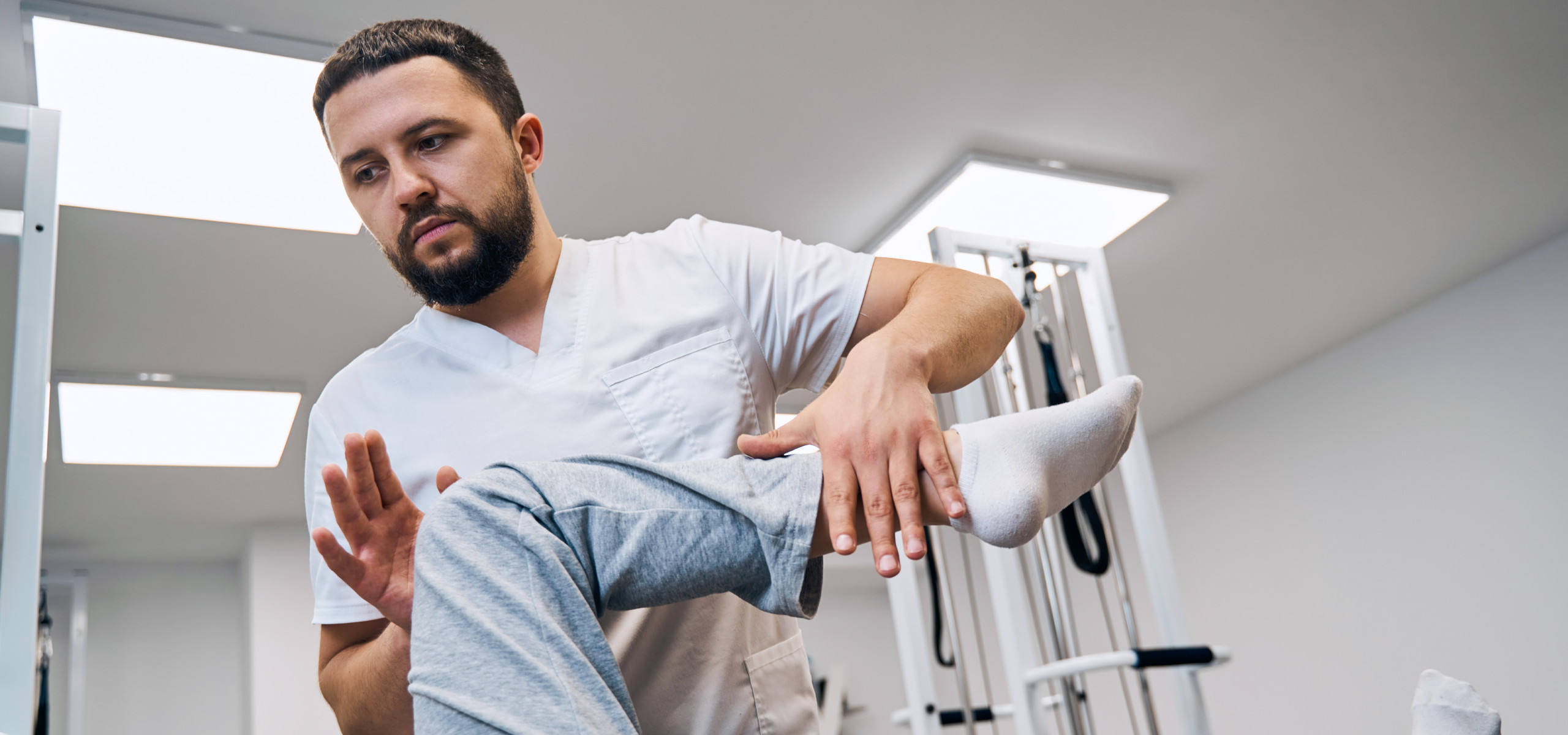The Essential Effect of Resistance Exercise on Improving Rehabilitation and Performance in Sports Recovery
The Essential Effect of Resistance Exercise on Improving Rehabilitation and Performance in Sports Recovery
Blog Article
Strength conditioning plays a vital role in sports recovery, assisting athletes recover from injuries and improve their general performance. When an athlete gets hurt, their body requires period to recover. However, during this rehabilitation period, it is crucial to preserve strength and flexibility to avoid further injuries. Resistance training can be customized to suit the requirements of each individual, focusing on particular muscle areas that may have been affected by the injury. This focused approach not only assists in recovery but also prepares the athlete to come back to their activity stronger than previously.
One of the main advantages of resistance training in recovery is its ability to improve muscle power and endurance. When muscles are stronger, they can more effectively stabilize joints and minimize the risk of recurrence of injury. For example, an athlete healing from a leg trauma can gain from workouts that strengthen the quadriceps and back thigh muscles. These muscles play a vital part in stabilizing the leg joint. By incorporating resistance training into their recovery plan, athletes can recover their strength more efficiently and safely.
In furthermore to building strength, resistance conditioning also improves mobility and scope of motion. Many traumas can lead to rigidity in the affected area, physical therapy for sports-related recovery causing it difficult for individuals to move freely. Strength conditioning exercises often include extending and lengthening the muscular tissues, which can help reestablish mobility. For instance, incorporating weight straps or weights into flexibility routines can improve the efficacy of these exercises. As mobility enhances, athletes can execute actions more effectively, which is essential for peak performance in their activity.
Another important factor of resistance conditioning in athletic recovery is its beneficial effect on mental well-being. Healing from an injury can be a challenging and frustrating process for individuals. Engaging in strength training can offer a sense of achievement and boost self-esteem. As individuals see gains in their power and capabilities, they may experience more motivated to continue their rehabilitation process. This psychological boost can be just as important as the bodily advantages, as a optimistic mindset can result to improved outcomes in recovery.
Finally, strength training can help individuals move back to their activity more seamlessly. Once they have recovered their strength and flexibility, individuals must to rehearse activity-specific movements to ensure they are prepared for contests. Resistance conditioning can be integrated with activity-specific drills to create a comprehensive recovery plan. This combination allows individuals to not only heal but also improve their performance. By focusing on both rehabilitation and performance, strength conditioning becomes an crucial instrument in the rehabilitation journey, helping athletes return to their activity stronger and more resilient.